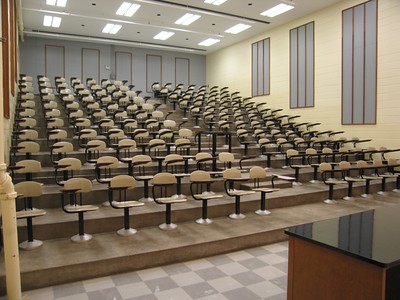There’s been a lot of drama in higher education these days. The inane focus on the evils of diversity, equity, and inclusion; the finer points of free speech on campus; plagiarism among the executives; and name-image-and-likeness pearl-clutching have all diverted everyone’s attention from the real issues that colleges and universities face today.
Undoubtedly, the biggest challenge boils down to one word: money.
Most colleges and universities have seen their revenues decline. A shrinking pool of students, most of whom have serious misgivings about taking on educational debt, are also unwilling to pay the rack rate for a degree. The return on investment for anything less than a bachelor’s degree is sorely limited. The number of credentials has vastly increased and is no longer limited to college degrees.
The unemployment rate has remained below 4% for 23 consecutive months, leading some would-be students to believe that college is somewhat over-rated. 2020 and the COVID0-19 pandemic brought loads of federal dollars to higher education institutions, but that rug has been pulled, and state legislatures are cutting funding, consolidating campuses, and refusing requests for bailouts. Now it seems that the party is over.
Without doubt, public regional universities, community colleges and private universities have been hardest hit, as students flock toward the safety of flagship campuses. Notices of institutional closures seem to make the news on a daily basis. While private institutions have suffered most of the closures, public universities are feeling the pinch.
For as much as colleges and universities spend on athletic programs, it appears as though most of them don’t know much about competition. College executives (and trustees) who still believe that they’re competing primarily against their cross-town rivals are those who will be leading their institutions to complete failure.
The survival of higher education depends on quality leadership
Community colleges have suffered the largest enrollment losses. Although their enrollments have begun to turn around, their gains are nowhere near enough to make up for the 55% of students they’ve lost since topping out after the Great Recession.
Many of those in higher education leadership failed to realize that enrollment declines of that magnitude should have triggered some strategic thinking about what a substantially smaller institution needs to survive. Among institutions who are confronting their structural deficits, there’s been a lot of handwringing about what programs to cut. Realistically, it’s a numbers game. Colleges and universities quickly need to get very shrewd about which programs they offer going forward. They need to be equally clever about adding only those programs that offer students an economically driven reason to enroll.
If higher education institutions are going to survive, their highly compensated leaders need to start producing winners immediately. That’s going to be a tall order for some.
Photo Credit: Nayuki, via Flickr
















